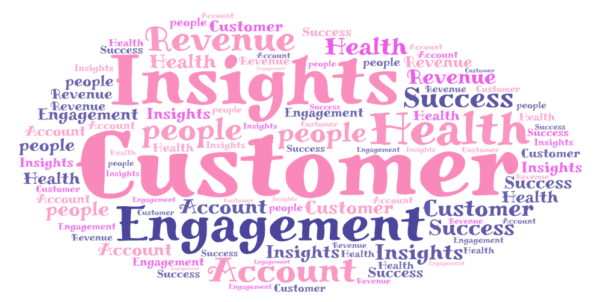What are the new KPIs for B2B media businesses? 2021 is likely to be an unusual year. As the economy recovers from Covid and people’s behaviour returns to something closer to normal, how will we measure success and progress in B2B media businesses? It may not be using traditional KPIs like revenue and profit growth, or even renewals. We may need to dig deeper, to understand the dynamics within our customer relationships, and how we can provide them with additional products and services.
I chaired a Renewd UK Round Table, which brought together around twenty leaders of B2B media businesses, representing a mix of content, marketing solutions, events and subscriptions business models.
What we learned from 2020 and how should we change
All agreed that the disruption of 2020 and the move to remote working and virtual events had provided plenty of lessons. Virtual and digital events enabled us to connect with more people within our customers, broadening our connection with client organisations. Many also discovered that they could change direction and implement plans more rapidly than before.
The pandemic has blurred geographical boundaries but has emphasised the differences in how different industry sectors or categories were affected. So, it may be more important to segment KPIs by sector or category. Choosing KPIs carefully for next year will establish priorities for teams to avoid slipping into old habits (such as planning the former calendar of events).
There were three interlinked themes in key measures for the year ahead: customer insights, customer engagement and total account revenues.
1. Customer Insights
All are focussed on developing deeper customer relationships, with greater emphasis on nurturing existing customers than acquiring new customers.
But many face challenges in collecting customer insights in a structured way. Simply assigning editorial or sales staff to ask customers some set questions every week can be hard to maintain, not least collating the answers in a usable and shareable form.
Some prefer to have dedicated “engagement specialists” whose job it is to speak to customers and collate insights, but in smaller organisations this may not be possible. These insights can of course feed into product development. It is also worth talking to non-customers without a “sales agenda” which is good for pipeline development.
One business had replaced a large scale in person conference in 2020 with a series of digital content and networking initiatives. They simply circulated a questionnaire to assess which had been valued most by customers. This uncovered new information on who delegates wanted to meet or connect with and why which will inform how they develop their events.
2. Customer Engagement/ Health
The consensus was that measuring renewals was too late in the process, and it was crucial to get advance indicators of problems (or opportunities) with customers.
One business, with typical spend per customer over £20k pa, had a formal Customer Health Scoring card, bringing in some automated indicators on engagement to make it easier to compile and compare, generating a red/amber/green rating. This was then reviewed by the whole team each month, and used to identify renewal risks, and upsell opportunities.
Another focussed more on customer success, with a programme of talking to customers about how their service added value to their business, ie looking at outcomes rather than simply consumption of content or events. If resources allow, it is worth investing extra time in an account to understand customer needs.
3. Total Account Revenues
Monitoring Total Account Revenues per customer across all products and services, from events to training to content, is a natural next step. This also helped force colleagues working on different elements within a subscription or membership package to collaborate more closely on delivering value to customers.
An evolution of this approach on Total Account Revenue is to look at the development of a customer over time, with the objective of trading them up from one level or tier of service to a higher value tier.
People and remote working
Remote working has been a particular challenge in the last year. All recognised the importance of monitoring wellbeing and productivity among staff working from home.
One MD had shifted from crisis planning to providing a long-term vision for the business to the staff. Concerned that good people are at risk as the economy recovers, she thought it important to look to the future and provide clear direction.
Others have set up regular wellbeing questionnaires among staff to identify where specific interventions eg on equipment, working hours or support are needed.
So for 2021, there’s a strong focus on deepening relationships with customers, monitoring engagement, and involving teams in strategic discussions.
**
The recording of this round table will be available on the Renewd website. Sign up on the Renewd slack channel to hear about future round table discussions.
About the author
Carolyn Morgan has bought, sold, launched and grown specialist media businesses across print, digital and live events. A founder of the Specialist Media Show (sold in 2014) she now advises media businesses large and small on their digital strategy through her consultancy Speciall Media.

